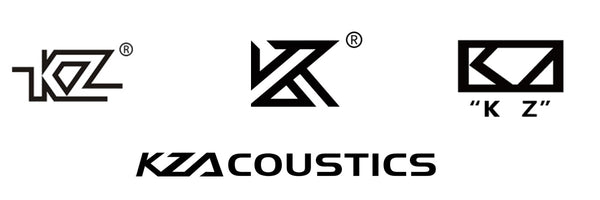Purchase Link CCA Rhapsody:https://www.kztws.com/products/cca-rhapsody
In today's IEM market, there are numerous choices, and when it comes up Balanced Armature (BA) and Dynamic Driver (DD), these drivers are likely familiar to everyone. They are the most common drivers found in in-ear monitors, with Hybrid earphones being the most popular but also contentious option.
Hybrid earphones consist of acoustic hardware, like dynamic driver and balanced armature. Typically, dynamic driver handle mid-to-low-frequency output, while balanced armature take care of high and ultra-high-frequency output. This combination aims to achieve high-performance sound output across the entire frequency range.

Compared with dynamic driver earphones, hybrid earphones inherently possess advantages, excelling in both low and high frequencies, surpassing the limitations of traditional dynamic driver earphones. Single dynamic driver earphones struggle to deliver optimal performance across all frequency response, leading to issues such as insufficient high or low frequencies. This is primarily due to the inherent structural disadvantages of dynamic drivers. Hybrid drivers effectively combine the strengths of both types.
For example, there is CCA Rhapsody, a 2DD+4BA Hybrid IEM. With dual dynamic drivers, the bass is full-bodied, textured, and layered; Adding four balanced armature results in warm mid-frequencies, creating a balanced and smooth overall sound. They provide satisfyingly controlled low frequencies, crisp high frequencies, and a warm sound. Moreover, users can tune easily according to their taste using switches. Considering the relatively lower price, fans who love Hybrid earphones should definitely have a try.


